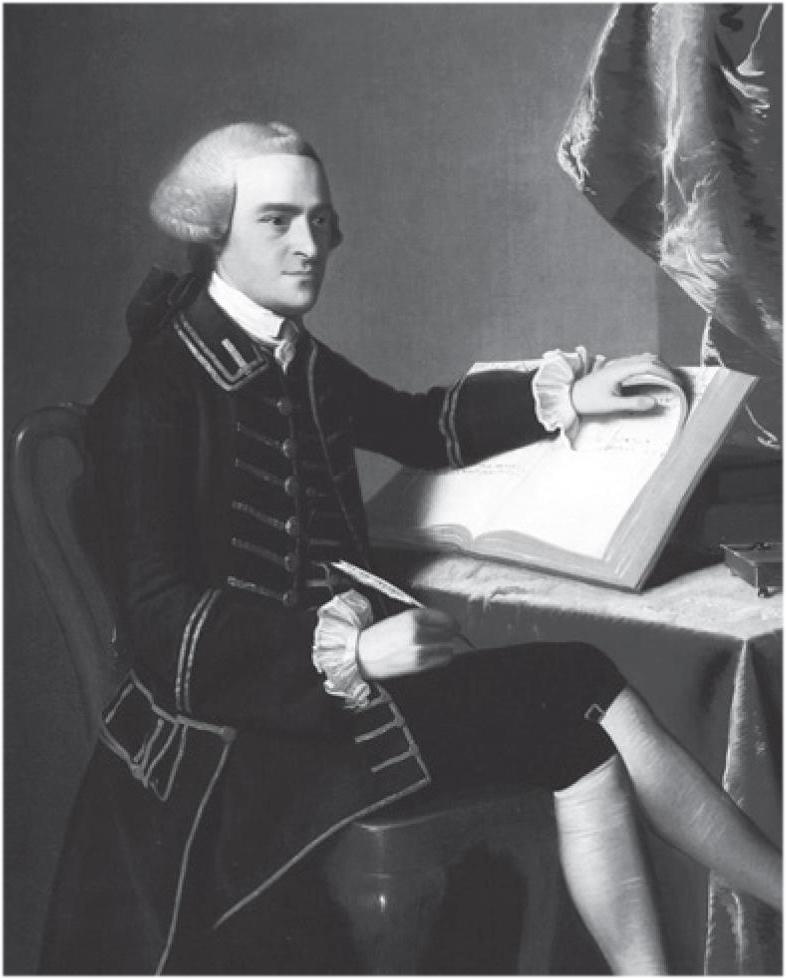手写体之爱
2016-05-14ByRobertKlose
By Robert Klose

I am a volunteer mentor2 in our local middle school. Recently, while working with my excellent young man, I wrote him a note regarding an assignment he needed to work on.3 “Here,” I said, “keep this with you so you dont forget.”
He took the slip4 of paper and stared at it for a moment before commenting, “I cant read this.”
I wasnt sure what he meant. I retrieved5 the note and examined it. It was my best Palmer penmanship, with delicately curved letters listing gently to the right.6 And then the boy interjected7, “I cant read cursive.”
Its true, then. The news about schools no longer teaching handwriting. The idea, as I understand it, is that students use keyboards now, so where exactly does cursive fit in? At the risk of sounding like a creature on the verge of extinction, or worse, a nostalgist,8 let me count the ways.
First, there continues to be a need to sign “hard copies” of documents.9 There is a sense of ceremony and a seriousness of purpose about the act of signing something. It calls to mind the signers of The Declaration of Independence10. Just look at those signatures! John Hancocks was so robust, original, and elaborate that, more than 200 years later, it still serves as the unmistakable logo of a namesake insurance company.11 And why not? It is a work of art.
Second, a great part of the history of the United States is recorded in handwritten documents, including personal letters. There is nothing like seeing, and, if opportunity permits, touching, actual source material rendered by pen ink on paper.12 If one has not been taught to write in cursive, it is unlikely that one will be able to read it.
Third, handwriting is often a manifestation13 of ones personality. I had a favorite fifth-grade teacher (back in the Paleolithic Era) whose handwriting was nothing short of regal—prim,14 proper, and lovely, as was she. Similarly, another teachers script was crabbed and jagged, perhaps a reflection of her prickly nature vis-à-vis her young, and sometimes unruly, charges.15
Fourth, and perhaps most important, when one is trying to learn something, somewhere in the process there must be a slow step. Writing “longhand” is a means of slowing down enough to be able to think deeply about what one is penning.16
The campaign to do away with cursive has been precipitous, with supporters almost giddy about the prospect.17 I have tried, to the extent that I can, to offer respectful opposition, but all my arguments seem to fall on deaf ears18. One teacher offered that if there were really a need to jot something down, then one could just print it in block letters.19
I suppose. But then I ask myself: Has anything significant—with the exception of ransom notes20 —ever been printed by hand? Nothing comes to mind.
Perhaps the strongest argument for the retention21 of cursive is that it is, or at least can be, beautiful. If you have forgotten this, take a look at Magna Carta, the US Constitution, and the Bill of Rights.22 Text typed on a computer is not beautiful because it is not distinctive—my Helvetica font is the same as yours or anybody elses.23
In times of budgetary trial, schools often jettison music and art instruction (but retain sacrosanct football).24 If cursive joins those refugees from the curriculum, then it will be the loss of yet one more outlet through which students are able to say,25 “This is my mark. This is me.”
In fifth grade, laboring under the graphologic lash of Mrs. Shaw, who made us do handwriting drills—endless series of loops and ups-and-downs, followed by the penning of a stock phrase such as “The quick brown fox jumps over the lazy dog”—I once handed her my finished work.26 She looked at it, caught her breath, and said, “Oh, my. I think youre going to be a writer someday.”
Thank you, Mrs. Shaw, for seeing so much in my handwriting. I needed that nudge27.
1. cursive writing: 手写体,草书。
2. mentor: 导师,顾问。
3. regarding: 关于;assignment: 作业,任务。
4. slip: 片,纸片。
5. retrieve: 取回,索回。
6. Palmer: 一种西文字体; penmanship: 书法,笔迹;delicately: 精致地,优美地;curved: 弯曲的;list: 倾斜;gently: 轻轻地。
7. interject: 突然插话。
8. on the verge of: 濒临于;extinction: 灭绝,消亡;nostalgist: 怀旧的人。
9. 首先,仍有给纸质文件签上“手写签名”的需要。hard copy: 复印件,此处指纸质文件。
10. The Declaration of Independence:《独立宣言》(1776年7月4日由美国各州代表签署,宣告美国独立)。
11. 约翰·汉考克的签名如此遒劲有力、独树一帜、别具匠心,即便在两百多年后的今天,它仍被用作为一家同名保险公司的明显标识。John Hancock: 约翰·汉考克(1737—1793),美国独立战争时期政治家,第一个在《独立宣言》上签名,因笔迹遒劲而著名;robust: 强劲的;elaborate: 精心制作的;unmistakable: 明显的;namesake: 同名物;insurance: 保险。
12. there is nothing like: 什么也比不上; render: 给予,提供。
13. manifestation: 表现,显示。
14. Paleolithic Era: 旧石器时代;nothing short of: 简直是,无异于;regal: 帝王的,王室的;prim: 整洁的。
15. 同样地,另外一名老师字迹潦草、参差不齐,这或许能反映出她易怒的性格,尤其对那些偶尔难管教的年轻学生。crabbed: 潦草的;jagged: 锯齿状的,参差不齐的;prickly: 易怒的;vis-à-vis: 对于,关于;unruly: 不守规矩的,难驾驭的;charge: 受照料者。
16. longhand: 普通书写;pen: v. 写。
17. campaign: 运动;do away with: 废除; precipitous: 草率的,仓促的;giddy: 开心的,激动的;prospect: 前景。
18. fall on deaf ears: 未被理睬。
19. jot down: 草草记下;block letter: 印刷体字母。
20. ransom note: 勒索信。
21. retention: 保留。
22. Magna Carta: 《英国大宪章》;the US Constitution: 《美国宪法》;the Bill of Rights: 《权利法案》。
23. distinctive: 与众不同的;Helvetica font: Helvetica字体,是一种被广泛使用的西文字体。
24. budgetary: 预算的;trial: 困难;jettison: 抛弃; retain: 保留;sacrosanct: 神圣的,不可侵犯的。
25. refugee: 难民;curriculum: 课程;outlet: 发泄方式。
26. 五年级时,肖夫人要求我们练字——没完没了地练习“圆圆圈圈”和“起起伏伏”的字母,抄写那些老套的短语,如“The quick brown fox jumps over the lazy dog”。在她的不断鞭策下,有一次我把写好的作业交了上去。labor under: 苦于;graphologic: 笔迹学的,字体学的;lash: 鞭打;drill: 操练;loop: 圈,环;stock: adj. 常见的,老一套的。
27. nudge: 推动,督促。
